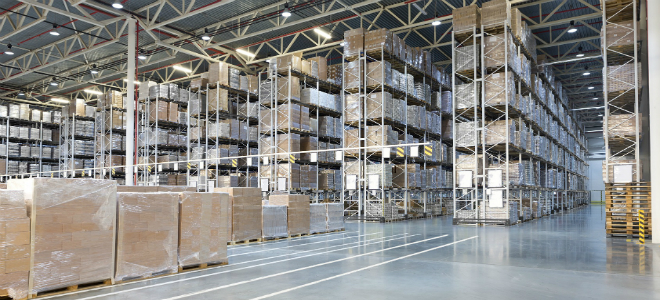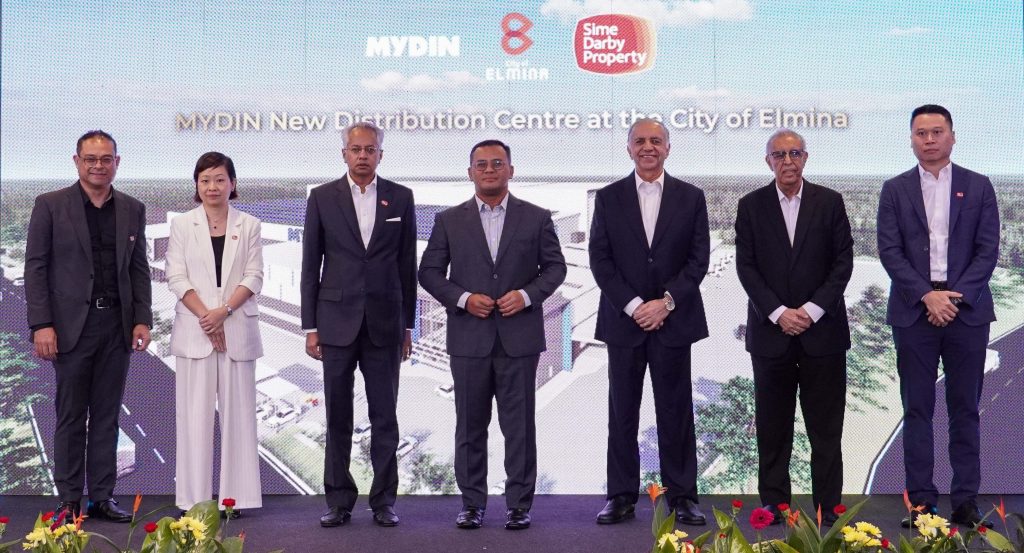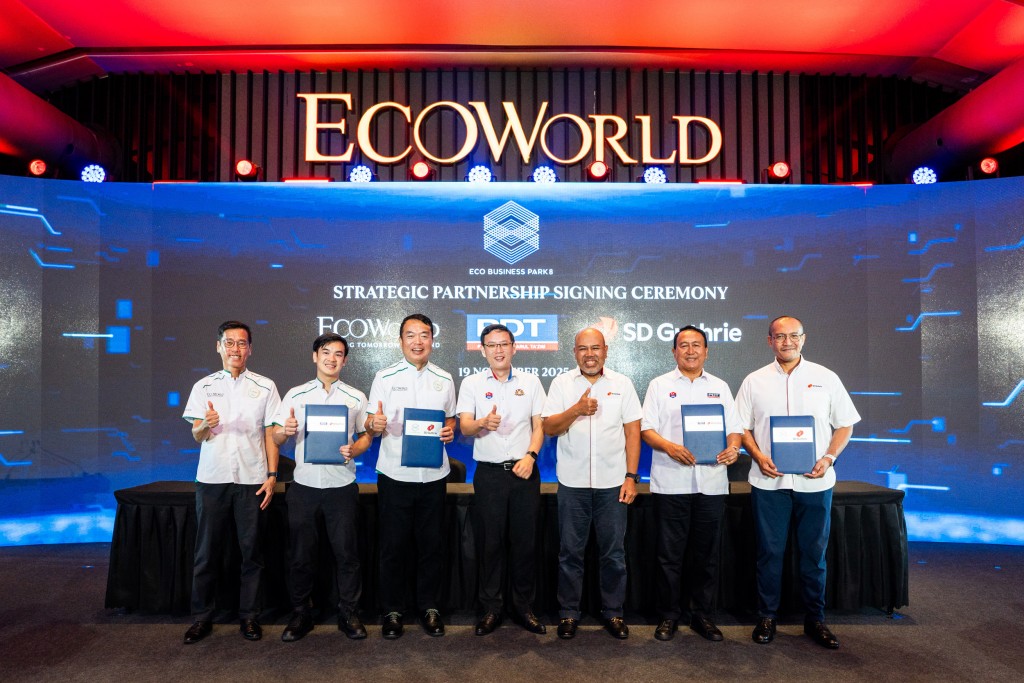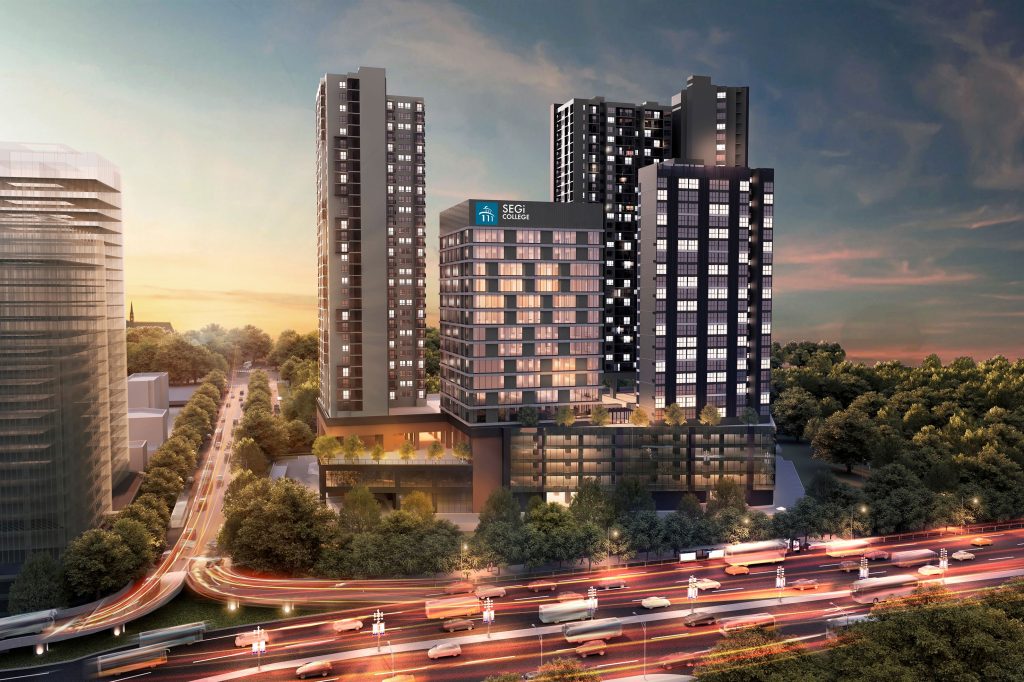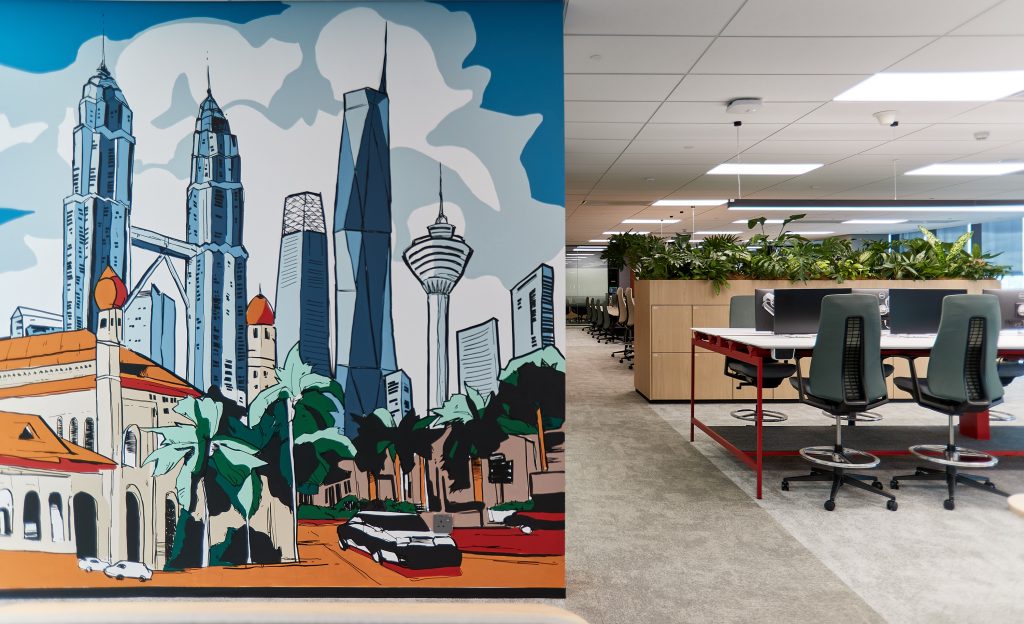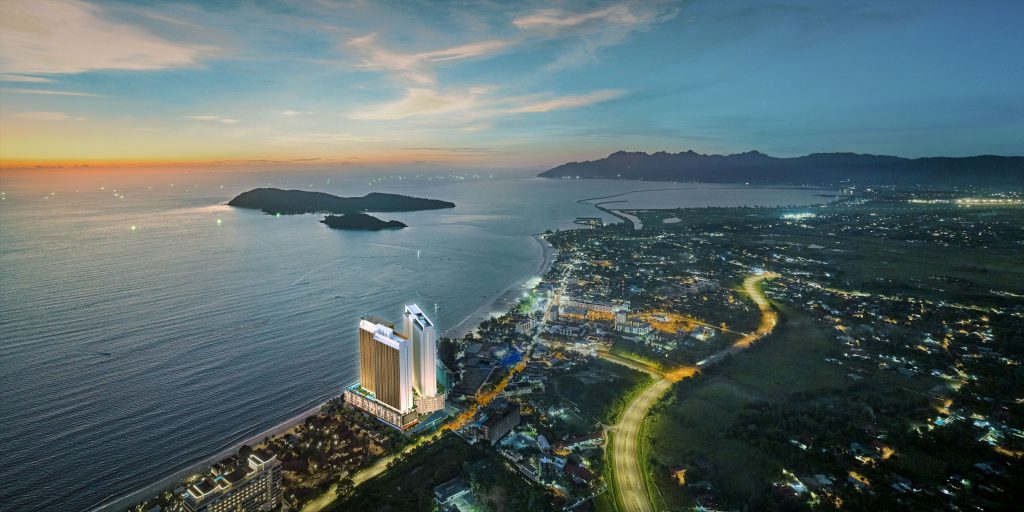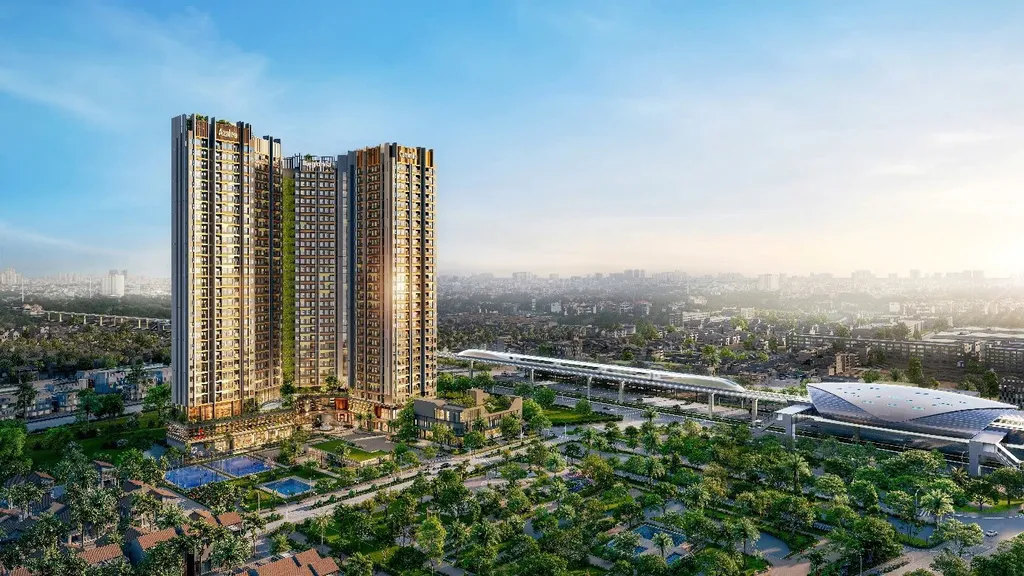PETALING JAYA: Malaysia’s industrial sector has seen significant changes since the early 1980’s when it was growing at a rate of 12% to 5.7% recorded in the fourth quarter of last year, said Axis REIT Bhd head of investment Siva Shanker.
Shanker attributed the booming economy in the industry back then was because Malaysia was opening up the opportunity for the manufacturing sector.
“We are now in danger of doing to the industry the same thing we did to the residential sectors.
“Developers has been building similar looking warehouses; whereby they are building industrials for the quick reaches, which are then sold on speculation as well,” he said during the 27th National Real Estate Convention (NREC) organised by Royal Institution of Surveyor Malaysia (RISM).
He said the effect is the increase in the price of industrial buildings, as well as the cheaper lands surrounding the projects as they also benefit from the hike.
“Currently in Malaysia, we have two major logistic hubs, namely Shah Alam and Port Klang. In these areas, the demand is more than the supply, causing the excessive hike of the prices,” he said.
Moving forward, he said that KLIA Aeropolis would have the potential for growth as a logistics hub with the news that Alibaba Group founder Jack Ma recently acquired a free-trade zone land there.
“With all the changes that are happening everywhere, it is clear to see that the face of logistics is also evolving,” pointed Shanker.
He then listed some of the modification needed by the industry such as the requirement for larger spaces, need for more sophisticated racking systems to save space and cost, better safety systems where currently it is present in the multinational companies and also the need for dock levellers and loading bays.
Shanker also said that if a warehouse doesn’t possess any one of the above, it may be hard to find a potential buyer.
“Besides that, currently there’s a trend where companies are also purchasing spaces around their central hub as small settlements for online distribution purpose.
“As customers can easily find their items in several online stores for roughly the same prices, the determinant factor now is the speed of the delivery.
“The faster you deliver your items, the more likely the customers will choose your store,” he elaborated.
The industrial sector could be divided into two, which are manufacturing (factories, building things, etc.) and logistic (warehousing and storing what has been built).
Other related coverage:
Explore the future of real estate
The usage of data in the property sector
What is happening with Malaysia’s current Industrial Market

